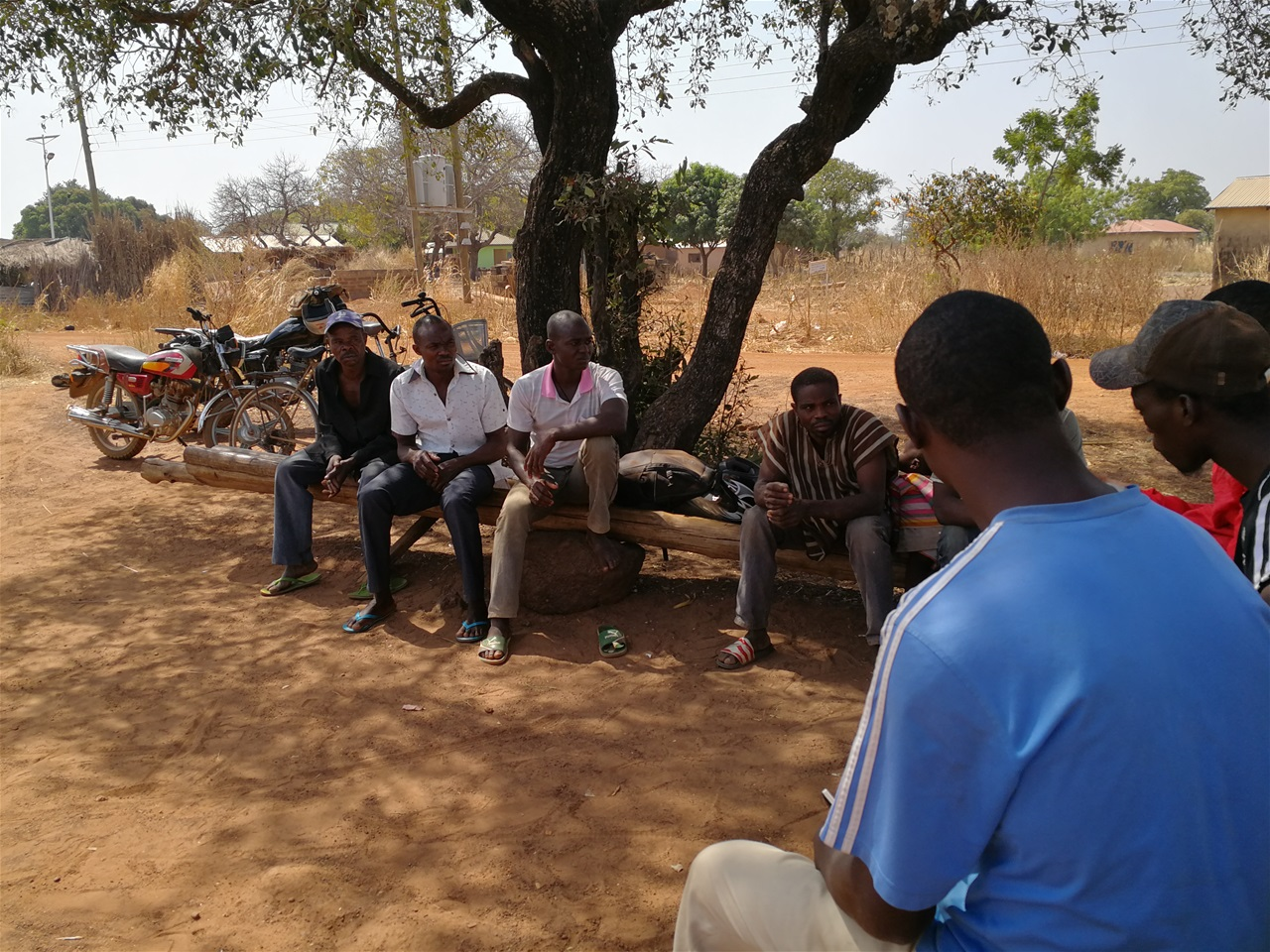Enhancing Sustainable Mining in Northwest Ghana
Project description
This project aims to develop local-level geo-information for modelling and enhancing sustainable mineral resource development; empower local communities, local and central governments and other stakeholders. Mineral resource-rich developing countries, plagued with growing populations and food security issues, recognize the prospects of a mining sector-led economic diversification. However, mineral resource development decisions are mostly taken in these countries without understanding the environmental, economic and social realities on the ground. Regulatory acts and standard practices are policy measures that are used to supervise activities of the extractive industry. Even so, the applicability of these measures is weak in developing countries due to a dearth of geographic information, especially at local levels. This phenomenon obscures identification of sustainability issues posed by exploration and extraction in remote areas. Besides, without such data, it is difficult to develop comprehensive mediation tools for an intuitive grant of social license for resource extraction. Hence, this project shall use systems engineering approach to develop five major land use categories based on physical and socioeconomic factors. A case study shall be conducted at Ghana’s emerging northwest gold province, to develop elementary geographic data for considerations in sustainable mining. Findings shall contribute towards addressing the challenges of district assemblies in respect of relevant spatial data generation for natural resource management; and evidence-based resource development constraints and opportunities in the landscape. Findings of the study shall also contribute to the core objectives of the 17 Sustainable Development Goals, Agenda 2030 of the UN.
MapX is used for the dissemination of key project outputs.
